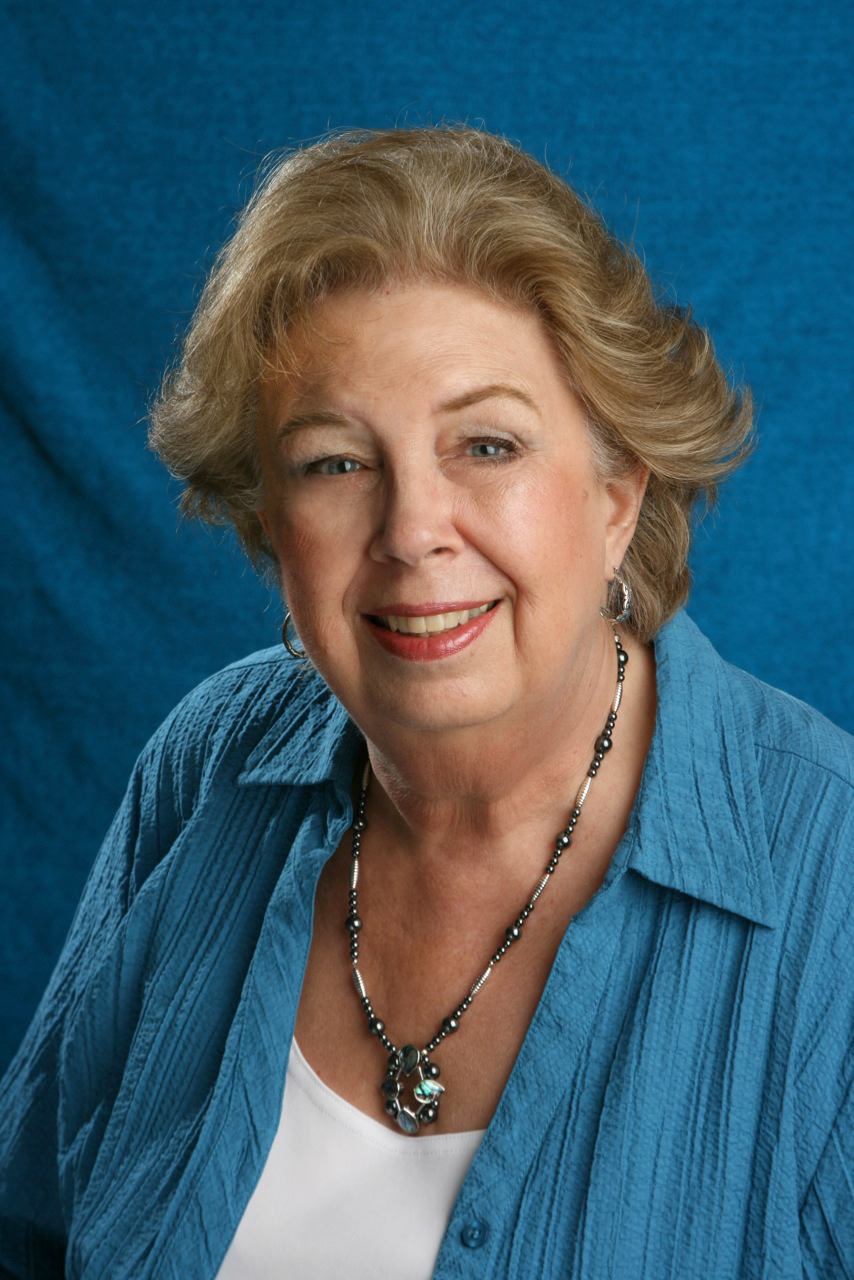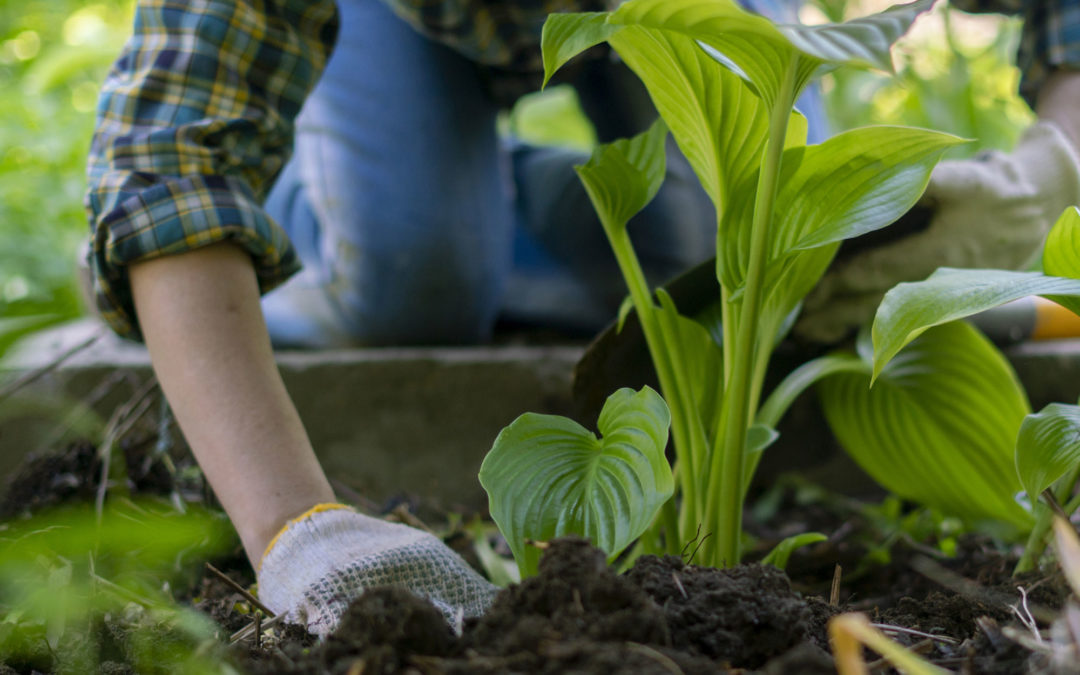In a Composer’s Garden
Composing music is a highly specialized creative process, very similar to growing a garden. It is a wonderful, challenging journey, with a beginning, a middle and an end. When we finish, there is a satisfying reward. Most people have some awareness of what is involved in growing a garden, so let us compare the gardener’s process to that of a songwriter.
Preparing the Soil –– An experienced gardener understands the importance of preparing the soil. We till and amend our soil to create optimal growing conditions for our plants. For a composer, a fertile, creative environment comes from developing one’s listening skills, knowing solfege and music theory, and playing scales and chords on one’s instrument.
Choosing the Seed –– The seed is the composer’s initial musical idea (motif) taking shape in the inner ear. Our music imagination quickens and sparks more creativity. We must discern when an idea is worth pursuing and developing.
Planting the Seed –– Once we have chosen to develop an idea (our seed), we plant it. Now we really focus on where it is going to go musically. We flesh out the first theme and see where it wants to go from there.
Watering the Seed –– Using our musical knowledge, good taste and persistence, we water our seed by developing our best ideas into a cohesive theme.
Fertilizing the Plant –– When our seed has begun to sprout, it requires fertilizer. We feed our seed (our song) with improvements in textures, harmonies, lyrics, and layers.
More Watering –– Our plant still needs to be watered and kept alive. We help it grow by developing the themes, using rhythm, structure and harmony.
Weeding the Garden –– Stepping back to gaze on our garden, we discern what else it needs. Should we prune it a bit? Did a few weeds sneak in that need to be pulled? How can we help the plant grow to its full potential? This is the stage of critiquing and editing. Writers call it “rewriting” and composers also fiddle with notes and chords to maximize results.
Harvesting –– The fruit is now ripe, and it is time to pick the harvest. We will know when it is time, and our composition is complete. It has reached its full potential and is ready to be enjoyed and shared.
Preparing the Harvest –– “If music be the food of love, play on.” So says Shakespeare’s Twelfth Night. What we have planted and grown is now a real piece of music. We can write our notes on staff paper, or on notation software, making it ready to print or to publish. Now it is available and can be widely shared.
Enjoyment – Our new composition is ready for listening and performing, over and over, by us and by others, near and far. What a marvelous, rewarding journey it has been!

Laura Davis
Studio Owner
Taught private piano
for over 30 years.
Laura studied piano and music history at the University of Redlands, and music ministry and song arranging at Portland Bible College. From 2009 to 2016 Laura studied regularly with international concert pianist and Van Cliburn Competition finalist Mark Westcott, a renowned master teacher.
Other instruments
she has played
Include organ, violin, French horn and tympani. As a member of the William Hall Chorale in Los Angeles she sang in the LA Music Center and Hollywood Bowl. More recently Laura sang five seasons in Portland's “Singing Christmas Tree” at the Keller Auditorium.
Christmas carol books
Her graded book of Christmas carols contains 15 traditional carols, arranged for piano students in their first years of lessons (Primer through Level Three or Four). Carols for a Family Christmas and North American Carols for a Family Christmas are available on www.Amazon.com.
Equally adept working with children and adults
She has produced, directed and accompanied several Christmas musicals for churches and Christian schools. Her background in music ministry, choir directing and community theater enriches all her current endeavors. Laura’s piano students perform in two recitals a year, plus optional OMTA festivals, competitions and exams.


